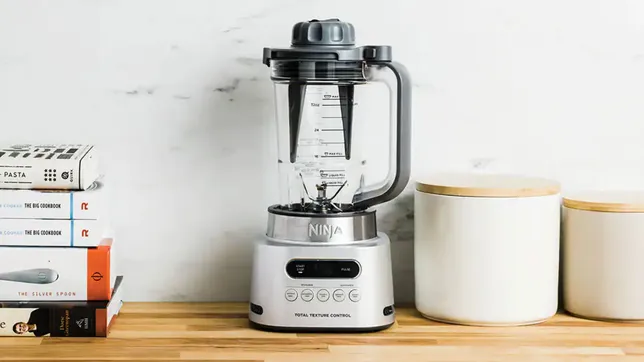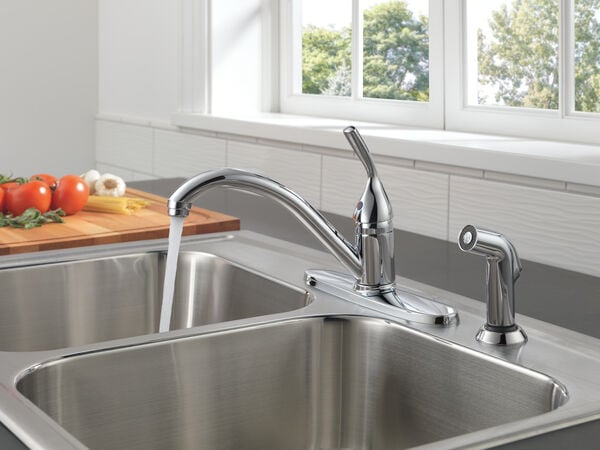
Having successfully baked a great cake, your next step is to exercise patience and let it cool down before proceeding with either decorating or indulging in its deliciousness, depending on its type.
You might be wondering about the duration required for the cake to cool down to perfection, allowing you to create a masterpiece. Drawing from my own experiences, I’ve encountered a few failures before achieving success, and now I’d like to share some of my favorite cake-cooling tips to guide you and prevent you from making the same mistakes.
If you have the luxury of time, it is advisable to let your cake cool naturally at room temperature, a process that generally takes about 2 to 3 hours. This will ensure the best possible outcome.
How To Quickly Cool A Cake
How frequently have we found ourselves baking a cake, cookies, brownies, or some delightful desserts at the last minute due to an unexpected dinner or celebration? If you manage to bake a last-minute cake to perfection, there’s one final step: frosting or decorating it. However, time might not be on your side, and you need a quick solution to get the job done.
No need to worry, as there’s a way to speed up the process and have that cake ready to go in no time.
Baking a cake without a pan is indeed possible. However, if you’ve already baked it using a traditional cake pan, you’ll need to remove the cake from it.
The typical cake pan is made of metal, and metal tends to retain heat. So, avoid flipping the cake immediately after taking it out of the oven to prevent it from breaking into pieces. Allow the cake to cool for a full 10 minutes on the countertop.
Once the 10 minutes have passed, take a serving plate and place it on the surface of the cake’s top. Now, carefully flip the cake pan over, holding the pan and plate together. Gently set the plate with the pan on a flat surface, and slowly lift the pan away from the cake. Now, you won’t have to deal with a hot cake tin.
Next, try transferring the cake onto a cooling rack. This will facilitate air circulation, effectively cooling the bottom, sides, and top of the cake rapidly.
If your plan is to add fillings or frostings, it’s best to cut the cake at this point, as doing so will speed up the cooling process. Use a serrated knife and cut carefully to avoid any tearing. If you don’t need to cut the cake, you can still slice off a very thin layer from the top to allow heat and steam to escape.
If you’re looking to further reduce the cooling time, you have two options: the refrigerator or the freezer. After removing the cake from the hot pan, you can place it in the refrigerator or freezer to expedite the cooling process. However, when using the freezer, be cautious not to leave the unwrapped cake for more than 2 to 5 minutes to prevent it from drying out. Alternatively, when using the refrigerator, you can wrap the cake in plastic to retain its moisture.
With these time-saving techniques, you’ll have your cake ready to be enjoyed in no time, even when working against the clock!
How Long Should a Cake Cool Before Frosting?
Ensuring your cake is thoroughly cooled before starting the frosting and decoration process is crucial for achieving the best results. While the temptation to dive right in might be strong, keep in mind that hot cakes can be quite delicate.
When working with a thick frosting, attempting to spread it on a hot cake can lead to disaster. The cake is likely to crumble, breaking into pieces and leaving behind crumbs, resulting in a less-than-perfect finish. If the cake is still too warm, the frosting won’t hold its shape and may start to melt, seeping into the cake or dripping down its sides.
For optimal results, it’s essential to use patience and allow the cake to cool properly. Aim to give it a cooling time of around 2 to 3 hours to make sure it reaches a completely cool state before you start with the frosting process. This way, you’ll have a sturdy and smooth surface to work with, and your frosting will hold up flawlessly, resulting in a beautifully decorated and delicious cake!
Should I Refrigerate a Cake Before Frosting?
Absolutely! Taking the time to cool your cake properly is a wise decision. Even after cooling, cakes can remain delicate, and avoiding the risk of pulling crumbs from the top and sides is essential, especially when frosting.
For an even smoother frosting process, consider cooling your cake further by wrapping it in plastic and placing it in the fridge for approximately 2 to 3 hours. This simple step can make applying either a crumb coat or the final frosting much easier.
An alternative approach involves cooling the cake for about an hour in the refrigerator, applying a thin layer of frosting known as a crumb coat on the top and sides, and then returning it to the fridge for additional cooling. By doing so, you ensure that when you eventually remove the cake, frosting becomes a breeze, with no risk of crumbs breaking away thanks to the protective crumb coat you applied earlier.
Chilling your cake can be particularly important if you stay in a warmer climate and lack air conditioning. Additionally, if you plan to drizzle a ganache over the frosting, refrigerating the cake beforehand becomes crucial to facilitate the smooth dripping of the warm ganache.
While some bakers may prefer to skip the chilling step before frosting, it’s worth considering if you are using a perishable frosting. In such cases, a brief chill of about fifteen minutes before adding fondant or any other toppings can be beneficial. Personally, I find that chilling my cakes for 20 to 30 minutes before moving them to another location helps maintain their shape.
How Long to Cool a Cake Before Removing it from a Pan?
To achieve the best results when removing your cake from the pan, exercise patience and allow it to cool completely. It’s ideal to let the cake sit at room temperature for approximately 30 minutes or even longer before attempting to take it out of the cake pan.
Keep in mind that larger cakes might require a bit more time to cool thoroughly. To speed up the cooling process, a helpful technique is to place the cake, while still in the pan, onto a cooling rack. By doing so, air can circulate freely around the pan, reaching the sides and bottom of the cake, effectively cooling it for easy and smooth removal. Usign this method ensures your cake maintains its structure and comes out of the pan perfectly when the time is right.
Wrapping Up
Now, you have the best advice at your disposal. Given enough time, it is highly advisable to let your cake cool completely, which may take around 2 to 3 hours for optimal results.
However, if time is not on your side, there are some useful shortcuts you can take. Utilizing a cooling rack can expedite the cooling process, allowing you to move forward faster. Additionally, slicing the cake can help dissipate heat and further speed up cooling. If you’re really pressed for time, placing the cake in either the freezer or refrigerator can be a game-changer.
While it’s not a required step before frosting, many cake decorators find it beneficial as it streamlines their work and prevents crumbs from interfering with the final presentation. So, feel free to choose the approach that best fits your schedule.
























